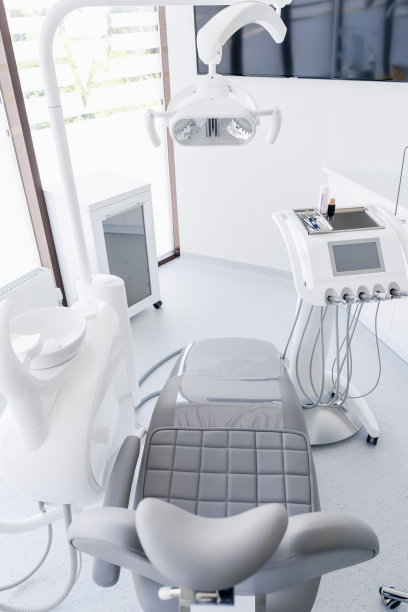Essential Steps to Take Before and After Getting a Dental Filling for Optimal Oral Health
Summary: Dental fillings are essential for restoring teeth affected by cavities or decay, ensuring optimal oral health. However, there are essential steps to consider before and after getting a dental filling to maximize its effectiveness and longevity. This article outlines the critical preparations you should undertake before your dental appointment, the post-treatment care needed, how to manage discomfort during the healing process, and tips for maintenance to ensure you maintain good oral hygiene. Each of these components plays a significant role in the overall success of your dental filling procedure, enabling you to enjoy a pain-free and healthy smile.
1. Preparing for Your Dental Filling Appointment

Before scheduling your dental filling, its crucial to assess your oral health thoroughly. This involves communicating any pre-existing conditions or allergies to your dentist, as they may impact the type of material used for your filling. Informing your dentist about any medications you are currently taking is equally important, as some can affect your treatment plan.
Next, consider your dental insurance and treatment options. Understanding your coverage can help you avoid unexpected expenses and allow discussions about what filling material works best for your circumstances. Keep in mind that various options are available, from amalgam to composite resins, each with its benefits and drawbacks.
Lastly, mentally prepare yourself for the procedure. Knowing what to expect can significantly reduce anxiety. Ask your dentist about the filling process, including anesthetic use and post-care instructions, to ensure you feel confident going into your appointment.
2. Understanding the Filling Procedure
During the filling procedure, your dentist will first numb the area around the affected tooth to ensure you are comfortable throughout. This is typically achieved through a local anesthetic that will mitigate pain during the drilling process. The dentist will then clean out the decay and prepare the cavity for the filling material.
After the cavity is prepared, your dentist will place the filling material and shape it to mimic the natural contours of your tooth. The filling is then set using a special light or by allowing it some time to harden naturally. Instructions for care may include avoiding certain foods until the numbness wears off.
Understanding the entire procedure can alleviate fears and help you be more proactive about recovery. Remember to ask questions, especially if you feel any discomfort during the process; your dentist is there to help you feel at ease.
3. Post-Treatment Care and Pain Management
Following your dental filling, caring for your mouth is crucial for a smooth recovery. Its essential to avoid chewing for several hours after the procedure until the anesthetic wears off, preventing accidental damage to your newly filled tooth or your tongue and cheek.
In cases where discomfort persists, over-the-counter pain relief medications can be beneficial. Follow your dentist鈥檚 advice on the recommended medications and dosages. If pain worsens, it鈥檚 crucial to reach out to your dentist for further guidance.
Additionally, maintaining proper oral hygiene is vital post-treatment. Gently brushing the filled area and rinsing with saltwater can aid in healing. Avoiding hard or sticky foods for a few days can also avoid additional stress on the filling.
4. Maintaining Your Dental Fillings
Once your filling has been placed and the recovery period is over, regular maintenance is essential to prolong the life of your dental work. Consistent oral hygiene practices, including brushing twice daily and flossing, are crucial in preventing new cavities or wear around the filling.
Regular dental check-ups are instrumental in ensuring your fillings and overall oral health remain in check. Your dentist will evaluate the condition of your fillings and may recommend additional treatments if necessary. Follow-up visits help identify potential issues early, avoiding significant dental problems.
Lastly, avoiding habits such as teeth grinding or nail-biting can extend the life of your fillings. If you suspect you grind your teeth, ask your dentist about protective options, such as a nightguard, to safeguard against wear.
Summary: This article highlights the essential steps to take before and after getting a dental filling to achieve optimal oral health. From preparing yourself for the appointment to understanding the procedure, managing pain, and maintaining the filling, each component is vital. Prioritize your dental health by following these guidelines for a successful treatment experience and lasting results.
This article is compiled by Vickong Dental and the content is for reference only


